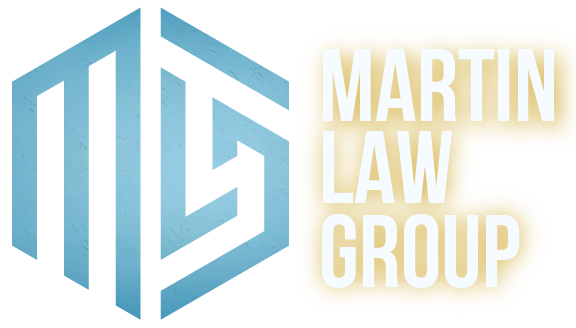As a trial lawyer, it's always interesting to see the questions the juries send to the judge and the attorneys while they are deliberating. Typically, the answer to the juries is to rely on their memory and the jury instructions. Additionally, sometimes the judge allows portions of the transcript to be read back to the jury. While these answers usually don't please the jurors, it's important to understand that the evidence and argument portion of the trial is over when the juries begin deliberating. What's especially important, is that the judge does not invade the province of the jury and make factual determination. However, that is exactly what happened in the case, State v. Stieben 256 P.3d 796, 2011 WL 3209875 (07/29/11).
In that case, The Supreme Court clarified that the judge incorrectly made a factual determination for the jury. Furthermore, the Court noted that not only was it improper for the judge to make the factual determination, the factual determination was in fact incorrect. The jury asked the court "did the defendant cross the fog line before the officer turned around?" Rather than refer the jurors to their memory or have a portion of the transcript read back, he answered their question with a, "Yes" The correct answer was no. In fact, the correct response would have been not to answer in that way at all. This should hold true whether the case was in Kansas or Missouri.

